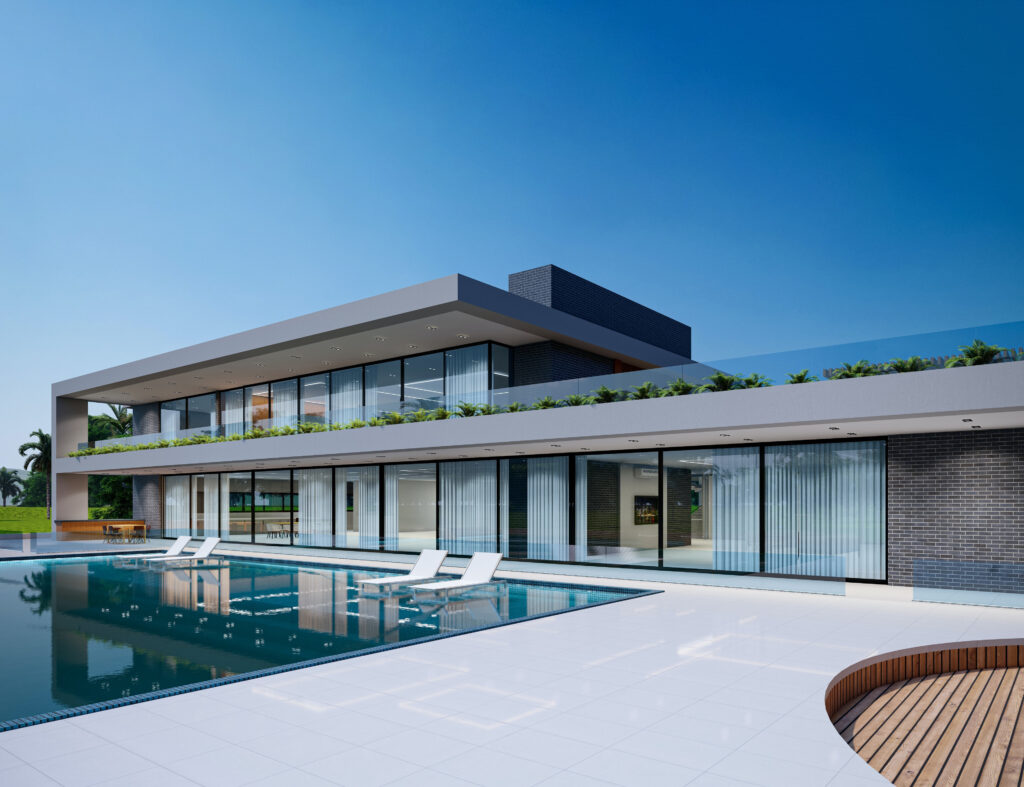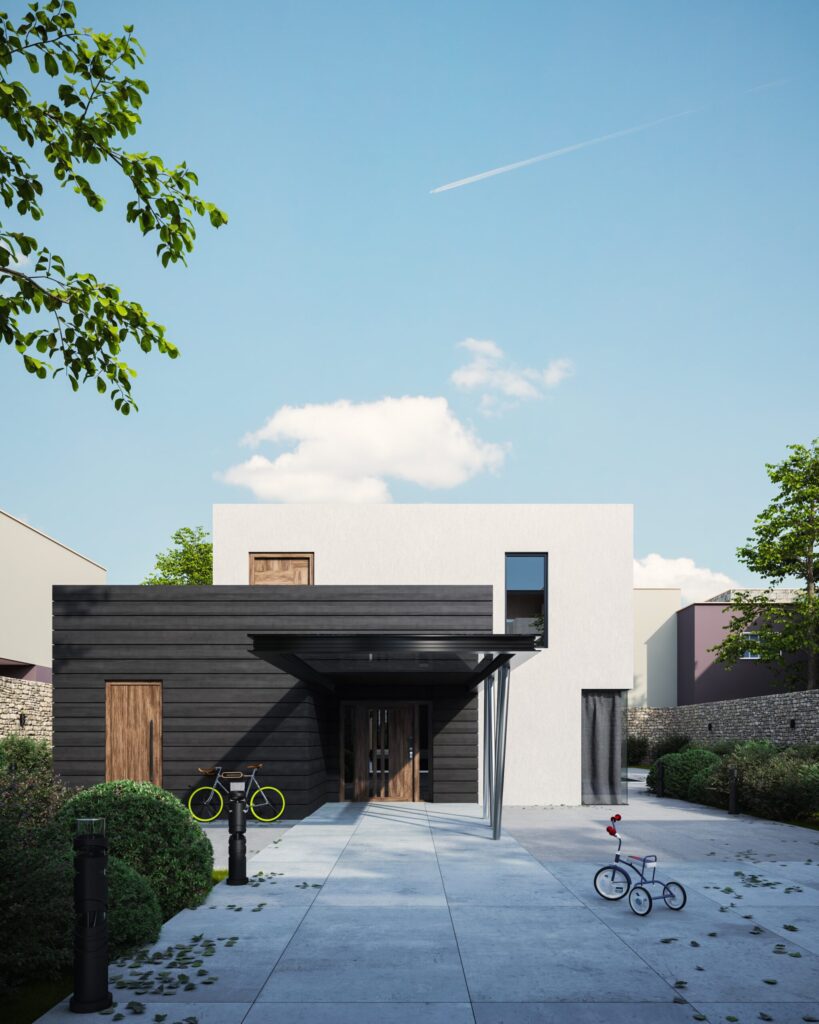
When it comes to 3D visualization rendering, the distinction between an outstanding render and a mediocre one might be small but substantial. These are some things to keep in mind when trying to tell them apart.
Lighting
The lighting in a well-done render should feel natural and add to the scene’s atmosphere. A mediocre render, on the other hand, can have lighting that appears flat, overexposed or underexposed, or unnatural.
Consider the following when assessing the lighting in a render:
- Direction: The light source(s) should be pointed in a way that makes sense for the scenario. For instance, if the scene is set outside on a sunny day, the light should be coming from above and throwing shadows that are consistent with the location of the sun.
- Color: The light’s color scheme should also feel organic. For instance, a warm, yellowish light would be ideal for an indoor picture with incandescent bulbs, whereas a cooler, bluish light might be appropriate for an outdoor scene at night.
- Shadows: Depending on the size and shape of the light source, the shadows in the picture should be either soft or hard. Larger light sources provide soft shadows, while lesser light sources produce hard shadows.
- Highlights: Finally, highlights should only be employed on the most reflective surfaces. A render may appear unnatural or overdone if highlights are used excessively.
Composition
The composition of an excellent render should draw the eye around the picture and give it depth and space. A mediocre render, on the other hand, can have a confused or disorganized composition.
Consider the following when assessing the composition of a render:
- Rule of Thirds: It is a fundamental principle of composition that recommends dividing the scene into thirds both vertically and horizontally and positioning the scene’s focal points along or near the lines delineating the thirds.
- Leading lines: The lines that lead the viewer’s eye through the composition. The environment’s shape or the positioning of things inside the scene can both produce these lines.
- Foreground, middle ground, and background: A powerful composition should have a distinct feeling of depth and space, with pieces arranged in the foreground, middle ground, and background to convey a sense of distance.
- Balance: Finally, a powerful composition should have a sense of balance, with parts organized in a way that feels natural and attractive to the eye.

Materials and Textures
The quality of the textures and materials utilized in the scene is another crucial component that separates an excellent render from a mediocre one.
When evaluating the textures and materials in a render, consider the following:
- Realism: Materials and textures should feel real. Wood should appear like wood, metal like metal, etc.
- Detail: Materials and textures should withstand close inspection. This means they should be natural and convincingly complex.
- Variation: Finally, the textures and materials should vary sufficiently to be intriguing. This means there should be variances in hue, reflection, and other qualities that give the materials depth and richness.
Post-Processing
Finally, post-processing is often used to improve the look and feel of an amazing render. Yet, a mediocre render without post-processing may appear lifeless or flat.
Think about the following when assessing the post-processing in a render:
- Color grading: It is the process of changing the hue and tone of a render to achieve a desired aesthetic. A outstanding render will always have color grading applied to it to improve the atmosphere of the scene and make it more realistic.
- Depth of field: The amount of blurring in a scene’s background or foreground is referred to as the depth of field. Adding depth of field to a render can give it a 3D effect and draw the viewer’s eye to particular parts of the picture.
- Lens flares and bloom: Visual effects that can be added to a render to provide mood and ambiance. They can give a situation more intrigue and authenticity if used sparingly.
- Post-Processing Quality: The final step is for the post-production work on a render to be of a good standard. When post-processing isn’t done right, it can make a render look fake or overdone, but when it’s done right, it can elevate the scene’s atmosphere and effect.
Conclusion
Lighting, composition, textures, materials, and post-processing are just a few of the elements that must be carefully considered in order to tell an excellent render from a mediocre one. You may produce renderings that appear natural, captivating, and engaging to the spectator by paying close attention to these factors.


